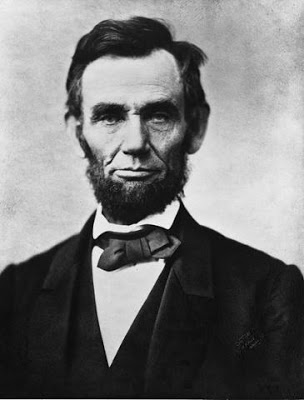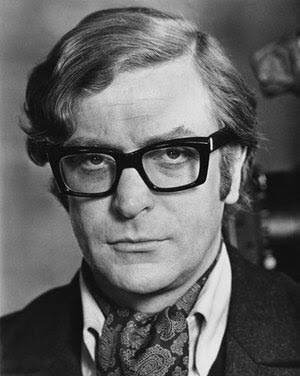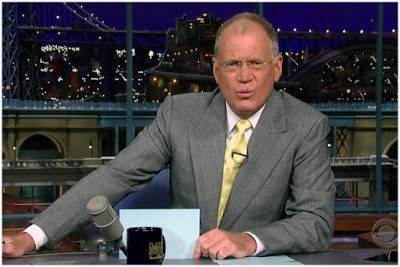As we approach Father’s Day, we come to a time when countless fathers around this grand country are bestowed a certain piece of fabric, which they are expected to wear proudly for the next few days.
Some fathers eagerly anticipate this gift, while some view it with a certain inevitable dread.
But the fact remains that for centuries, untold millions of silk caterpillars and a similar untold millions of cotton plants (along with their various chemical-based counterparts) have given their labors so that men might have something to wrap around their necks.
Where did this fashion originate? Just how did the necktie come to dominate, and even define, men’s fashion?
Perhaps you’ve never wondered, but as the Historigeek, it’s my job to.
And so, the Forces of Geek proudly present… the humble history of the modern necktie.
Throughout history, it appears that many men just liked to have something tied around their necks.
From assorted scarves found depicted on Chinese clay armies, to ruffles of all shapes and sizes that dominated the Elizabethan age, through simple neckstocks that adorned many a soldier’s neck, to jabots in all their glory, cloth neck décor sprouted beneath many a well dressed (and not-so-well dressed) man’s neck.
But to understand the origins of the necktie itself, one must go to a recent era, namely the 1630’s.
At that time, as Europe was embroiled in the Thirty Years’ War, a band of Croatian mercenaries came to Paris in order to support King Louis XIII.
Part of their attire was a distinctively tied scarf, which Parisian society immediately fell in love with and began to adopt. This scarf would eventually be dubbed the “Cravat,” which may have been a corruption of the word “Croat.”
It is from this cravat that the modern tie originates, and it is quite proper to say that “all ties are cravats, while not all cravats are ties.”
 |
| Where it started |
Our next stop takes us to the Nineteenth Century, which was in many ways the golden age of the cravat.
Knots of all shapes and sizes adorned men’s necks. It was said that you could tell a man’s social class, and even his profession, simply by looking at the way he tied his cravat. The styles were simply bewildering, as any glance of old daguerreotypes will confirm.
Among the myriad of ways that men found, one particular style emerged that would eventually result in a new type of neckwear. Some men were wrapping their cravats around their necks a time or two, and end with a neat little bow. Look at that famous picture of Abraham Lincoln, and you’ll notice that he’s not actually wearing a modern bow tie, but rather a cravat that’s been wrapped around his neck twice.
Eventually, some cravats would shorten so that the bow could be tied without the extra wrapping, and the bow tie proper was born.
 |
| Cravats wrapped twice around the neck and then tied in a bow are cool. |
In the twentieth century, the next major refinement of the cravat occurred.
One enterprising designer created a cravat that had a wide end and a narrow end. In that simple moment, the necktie as we know it was born. It was simple to tie, would stay in place all day without adjustments, and could easily be mass produced. This tie could be wide or slim. It could be as simple as piece of black cloth, or it could be made in a complex, geometric pattern.
The same basic piece of cloth could display conservativism or liberalism, conform to society’s expectations or defy it.
In short, it was the perfect adornment to the twentieth century man.
Today, the cravat remained divided into three major types.
Least popular, and still clinging on, is the traditional cravat that started it all. A little more refined, and most definitely an acquired taste, this continues to pop up in the strangest places, from the sidelines of the Kentucky Derby to the necks of cartoon teenage sleuths. It is also by far the most versatile form, and can by knotted in a simply bewildering variety of styles.
Next in popularity is the bow tie. Somehow conservative and liberal at the same time, and infinitely popular with certain Time Lords, it is worn by many who don’t mind standing out and who will proudly tell anyone that “Bow ties are cool.”
Lastly, the undisputed king of cravats remains the long or “four-in-hand” tie that most of us have worn at some point in our lives.
In all of it’s variety, from the finest silk in conservative patterns, to polyester novelty ties making a nerd joke (and everything in between), this tie remains a staple in almost every man’s wardrobe, as well as those of several women.
So there you have it. A brief foray into the history of everyone’s favorite Father’s Day gift. So look through your closet, pull out a favorite (or least favorite) tie, admire it, and think about the vast history contained in a simple piece of cloth.
Perhaps you might even be motivated to take a trip to your local men’s clothier try something a little different.
Your Obedient Servant,















































































































